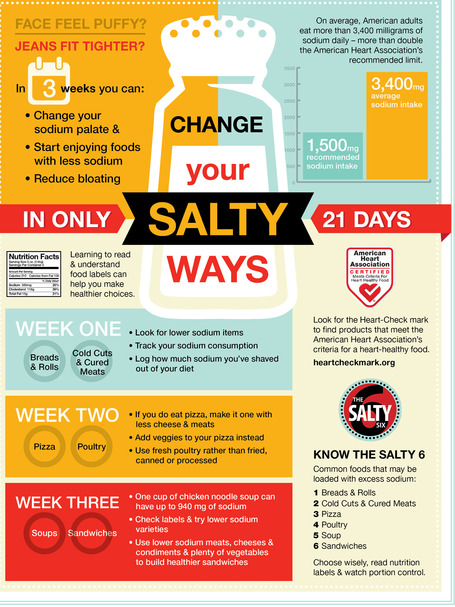The recent study on the Mediterranean diet decreasing the risk of heart attack is all over the news and the emphasis seems to be on eating healthy fats and nuts. To me that is important but don’t overlook the vegetables. The Mediterranean diet is rich in vegetables, legumes, nuts, whole grains which provide good sources of fiber.
While working in cardiac rehabilitation I regularly reviewed patients diets. One very consistent issue was lack of eating enough dietary fiber. Many do not get adequate intake of vegetables, legumes and seeds. It wasn’t uncommon for a significant other to shake their head and report their loved one never eats vegetables, or if they do it is only one or two types, such as corn, and carrots. When discussing intakes of legumes, you would see many look at you with that what is she talking about face. I don’t want heart patients to think of the Mediterranean diet as frying everything in olive oil being ok and skip the biggest part of the diet. Make sure you follow the balance of the Mediterranean Food Pyramid. 
Note the largest portion of the pyramid is fruits, vegetables,beans, legumes, seeds, nuts.
How do you get people to eat veggies?
I wish I had a dollar for every time I have heard someone say they don’t like to eat vegetables. Funny how often I would hear this while working in Cardiac Rehabilitation. Coincidence? I don’t think so. A healthy diet includes 5 servings a day of fruit and veggies, many people are ok with the fruit but entirely skip the veggies. Women are instructed to get 4 1/2 cups a day of vegetables for heart health. Children are picky and it can take years to get them to eat a variety of vegetables. Don’t give up!!! Keep trying new vegetables, new textures, new recipes.
Beans, dried beans, chick peas, soy beans, lentils, kidney beans.
All of these foods are chocked full of fiber and protein, and are loaded with nutrition including potassium, iron, magnesium, B vitamins. So how does one incorporate eating more legumes in their diet?
- Add chickpeas, black beans or kidney beans to salads.
- Mix lentils into your rice dishes.
- Throw a handful into soups.
- When making foods such as sloppy joes, or tacos make with half the amount of meat and add in a cup or two of pinto, black, white or navy beans.
- Hummus is a great way to incorporate legumes. Use as a dip for vegetables, put on a Wasa or Rye crisp cracker.
- Use beans as a base for casseroles.
- Soups are a great way to add beans and legumes.
If your beans are coming out of a can, rinse them first, this will reduce the sodium in them by almost half. Dried beans are very inexpensive, therefore try to get into a habit of one to two times per week soaking and cooking up a batch. A favorite snack may be roasted chickpeas. I like to season them up with olive oil, cumin and chili peppers, but also use a Tuscon blend seasoning, or garlic and onion powder/salt. Lentils sprout very easily. Try putting a in a jar, cover with water, rinse with new water daily and in three days you will have lentil sprouts to add to your salads. A side dish this week was roasted chickpeas, brussel sprouts and cauliflower. Roast each, but not until mushy, keep the crunch, then toss in a bowl with seasoning of choice and fresh parsley. Even the kids will eat this dish.












